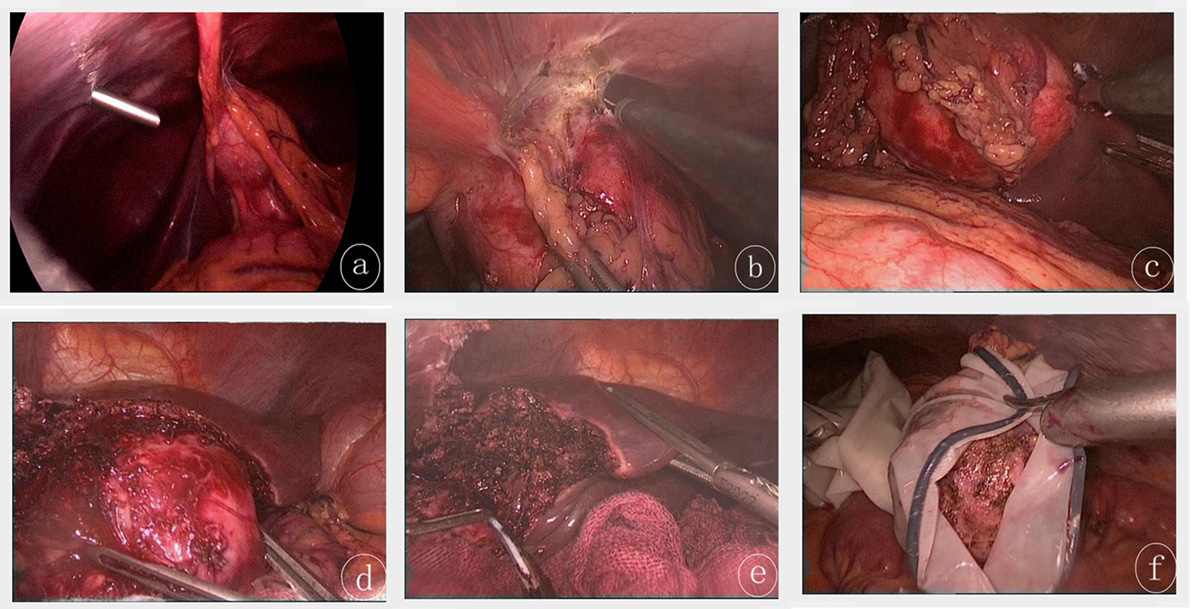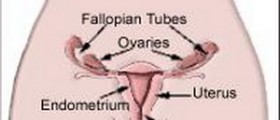Cystectomy
Cystectomy is a medical procedure that is most commonly performed in people who are suffering from bladder cancer. Cystectomy actually refers to partial or complete removal of the bladder. Partial cystectomy is the resection of only one part of the bladder.
It is a convenient surgical modality in case cancer has affected only one localized area of the bladder. On the other hand, radical cystectomy includes the removal of the entire bladder and the surrounding lymph nodes. Radical cystectomy in men also includes the removal of the prostate, seminal vesicles and partial removal of vas deferens. In women radical cystectomy also includes the removal of the entire uterus together with its cervix, ovaries, fallopian tubes, and upper part of the vagina.

The recovery time after cystectomy lasts approximately 8 weeks. After the bladder has been removed the surgeon has to make a new path for the urine. The path will eliminate the urine from the body. A surgeon has to make an opening in the abdomen.
The opening requires additional material and it can be obtained from the intestines. This way ureters are connected to the opening called a urostomy and the urine can be successfully eliminated from the body. The urine collects into the specific bag which is attached to the urostomy.
In some patients a continent reservoir is actually created inside their bodies. Again part of the intestines is used to create a pocket that will collect urine. This artificial pocket is placed inside the abdominal cavity. A continent reservoir may be created as an abdominal diversion reservoir or orthotopic diversion. In the abdominal diversion reservoir, the urine is eliminated from the body through urostomy.
In another option, orthotopic diversion, there is a connection among the ureters, the reservoir, and the urethra, and this way a patient may urinate the same way he/ she did prior to the surgery.
Complications of Radical Cystectomy
Acidosis is a complication that develops due to the improper balance of certain electrolytes. It features with disturbance of the level of calcium and potassium. Acidosis is actually a consequence of the creation of the urine reservoir by the usage of the intestines. This potential complication can be brought under control by certain medications.
- We prospectively evaluated the 90-day postoperative mortality and morbidity of open radical cystectomy by using a standardized reporting methodology. Additionally, we assessed the preoperative characteristics to determine risk factors for major complications
- Totally, 328 postoperative complications were observed in 149 patients (80.5%). Of these events, 73 (22.2%) were high grade (? Grade III), and developed in 46 patients (24.9%). Three patients (1.6%) died postoperatively. Urinary tract infection, wound complications, and paralytic ileus were common complications that occurred in 55 (29.7%), 42 (22.7%) and 41 (22.2%) patients, respectively.
- Ureteroenteric stricture was diagnosed in 13 of the 151 patients (8.6%) undergoing intestinal urinary diversion.
- Emergency room visits were required for 13 patients (7.0%) and readmission after discharge was needed for 36 (19.5%). A body mass index ? 25 kg/m2, smoking history and Charlson Comorbidity Index ? 2 were independent risk factors for high-grade complications, and their odds ratios (95% confidence intervals) were 2.357 (1.123-4.948), 2.843 (1.225-6.596) and 3.025 (1.390-6.596), respectively.
Urine leak is another possible complication. It occurs due to improper stitching and it can cause infections. If a urine leak occurs one may have to be re-operated. Infections are prevented with antibiotics, but people who have undergone radical cystectomy are generally prone to infections.
Fistula is another possible complication of radical cystectomy. It requires additional correction surgery. In some patients, even obstruction of large intestines may occur.
Finally, during the surgery, the rectum and surrounding structures can be damaged. Men who have undergone cystectomy can suffer from problems with erection if nerves that are in charge of this function have been damaged during the surgical procedure.

















Your thoughts on this
Loading...